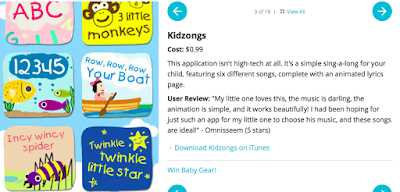 |
| Music and Movement Helps Brain Development |
When adults turn on any kind of music or sing even off key young children naturally move and sing along. Brain research suggests that music and movement help both sides of the brain learn to work together. First gather all kinds of music, cardboard and plastic containers and paper core rolls, small ball, and wooden. Music activities do not require store bought instruments, specific skills, nor special competence to experience joy. Adults and children can enjoy peppy music in the morning and relaxing soft music at lunch, during car rides, before naps and bedtimes. Some children who have difficulty going to sleep even after their bedtime stories may fall asleep with soft classical music. Children who may not talk a lot yet often will sing words with adults.
Marching Bands and Exercise
 |
| John Phillip Sousa Had It Right!! |
You can also make a homemade kazoo by folding a piece of wax paper over the tooth edge of a comb and hum through the tissue paper. For a trumpet cover one end of a paper towel roll with waxed paper and secure it with a rubber band. Punch a row of holes along one side of the roll with a pen tip. Hum into the open end. To make chimes, tie washers on to a ruler and play with a spoon.
Karaoke Fun
Children love to sing along.
 |
| Make Homemade Instruments |
They learn words very quickly. Songs like “Bingo” drop off letters and keep everyone thinking. Children love the beat of show tunes like the Sound of Music’s “Do Re Mi”, rock, country, jazz, patriotic, Latino, religious songs, or the latest children’s movie tune. If you don’t know the words, do it Elmo’s way—La, La, La, La. Most words are available on line for free though. Google the song title and you’re ready to sing. Your public library often has a good variety of music cd’s and song books. Add some costumes and give each child an opportunity to sing their favorite song. You can record a short movie with your phone to send to relatives who need a little cheering up.
Photos: Fran Darling, fdarling fotos
For more go to - grandparentsteachtoo.blogspot.com and wnmufm.org/Learning Through the Seasons live Tuesdays at 4:30pm and Saturdays at 8:30 am and pod casts archived on the site.


































